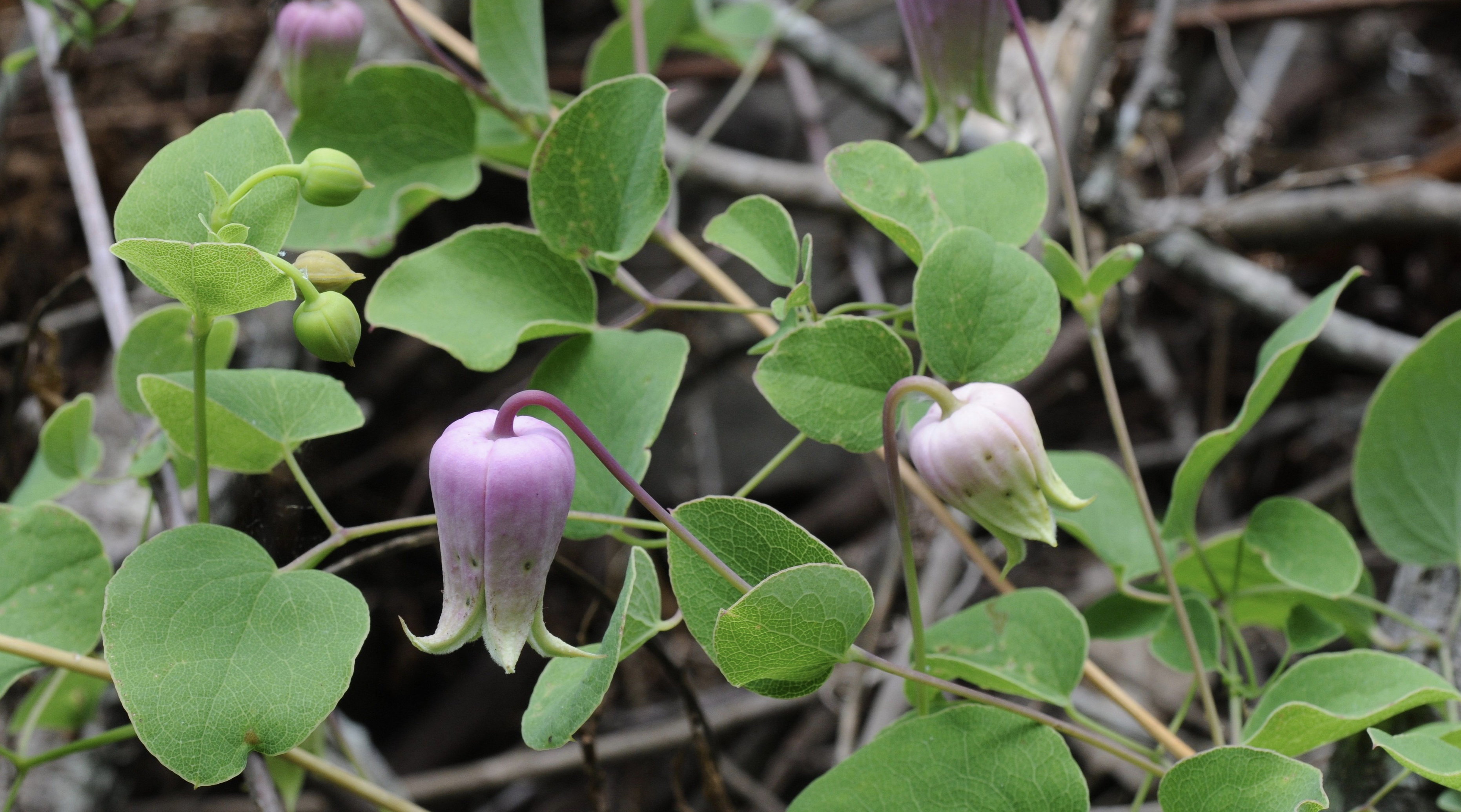by Nancy Lamar
Where would a scientist expect to find a new species of flower in 2005? … a flower unknown and undescribed by modern science since a systematic method for cataloging all the earth’s plants and animals began in the 1750s?
Would the scientist look in a remote part of the world, some place his colleagues have never been?
The jungles of Africa perhaps?
A remote part of the Amazon?
Off the beaten path in the Himalayas?
Behind an abandoned gas station near Loop 323 in Tyler, Texas? Well, yes, actually.
In 2004, Dwayne Estes was a new graduate student at the University of Tennessee working toward his PhD in Botany. He was assigned the task of going through old boxes of plant collections which had been gathered decades before in Texas by former PhD student, Mike Dennis. In one of those boxes of old pressed and dried plants Dwayne found a specimen identified as a flowering plant common to Middle Tennessee. But there was a problem. The plant Dwayne was looking at seemed “out of place” for Middle Tennessee, and the boxes were clearly labeled as having been collected in East Texas.
What was a scientist to do? Gather more information of course. In the summer of 2005, Dwayne took a trip to Texas and visited the site where the specimen had been collected so many years before. Behind what was by then an empty gas station off Loop 323 on the northwest side of Tyler, Dwayne found the plant in full flower. His trained eye knew immediately that it was strikingly different from the common Tennessee flower as it had originally been identified. Indeed it was different from any other flowering plant Dwayne had ever seen.
With a living specimen for comparison and after extensive research, Dwayne was able to determine that the dried specimen in the box in Tennessee and the living plant he found in Tyler were examples of a plant never before described by science. His research told him that it was clearly a member of the Clematis family, a cousin to the flowering vines known and adored by many gardeners. Though the plant was a member of the Clematis family, it stood apart from all other plants.
Dwayne published a description of the new species in 2006 in the Journal of the Botanical Research Institute of Texas (BRIT). It was given the scientific name of Clematis carrizoensis. Clematis recognizes its heritage with 300–400 other species of Clematis. Carrizoensis notes its habitat in the Carrizo Formation, a geologic zone of sand that trends from south central to northeast Texas. The plant is known commonly as Carrizo Sands Leather-flower.
The Carrizo Sands Leather-flower is a subtle beauty. Small urn-shaped, yellowish-green or greenish-yellow flowers, often tinged lilac, grow on delicate trailing vines that can reach as long as eight or nine feet. The plants grow along the ground over low shrubs or fences, sometimes winding around themselves to form a mound. Since the original ‘discovery’ in Tyler, plants have now been collected in Cherokee, Van Zandt, Henderson, and Smith counties. When found, the Carrizo Sands Leather-flowers are abundant but very localized, dependably found blooming from May through August in the same place every year.
Though unknown to most, the Carrizo Sands Leather-flower is highly prized among Texas native plant enthusiasts. One of those enthusiasts is Sonnia Hill, who started teaching herself botany in 2002 and has dedicated much time to finding, describing, and photographing the native flora of Texas. When Sonnia read the original article describing the flower in 2006, she recognized it as a plant growing on her property near Tyler. She contributed both live plants from her property and dried specimens for Dwayne’s research. An avid photographer of the native plants she has come to love, her beautiful photographs accompany this article.
Since his days searching for plants behind gas stations in Tyler, Dwayne Estes earned his PhD and has gone on to a distinguished career as a scientist. He is widely recognized in the botanical world as a Clematis expert and is the co-founder and executive director of the Southeastern Grasslands Institute, a conservation organization affiliated with Austin Peay State University in Clarksville, TN. The Institute houses a living garden which gives students and professors the opportunity to study, grow and propagate plants. “All our field research and study have led me to believe there are still many species that have never been described,” said Dr. Estes. Indeed, in addition to Clematis carrizoenses, he has described nine other new-to-science plant species, including another Clematis also found in Tyler and East Texas. A Full Professor of Biology and Principal Investigator for the Center of Excellence for Field Biology at Austin Peay, Dr. Estes teaches courses in botany and ecology. He enjoys working in the field with his students most of all.
Tyler, Texas is most often known for its roses, but it seems roses are not the only flower Tyler has bragging rights to. Thanks to Dwayne Estes, Tyler can also claim to be the home of the Carrizo Sands Leather-flower, a pretty flowering vine unique in all the world.


